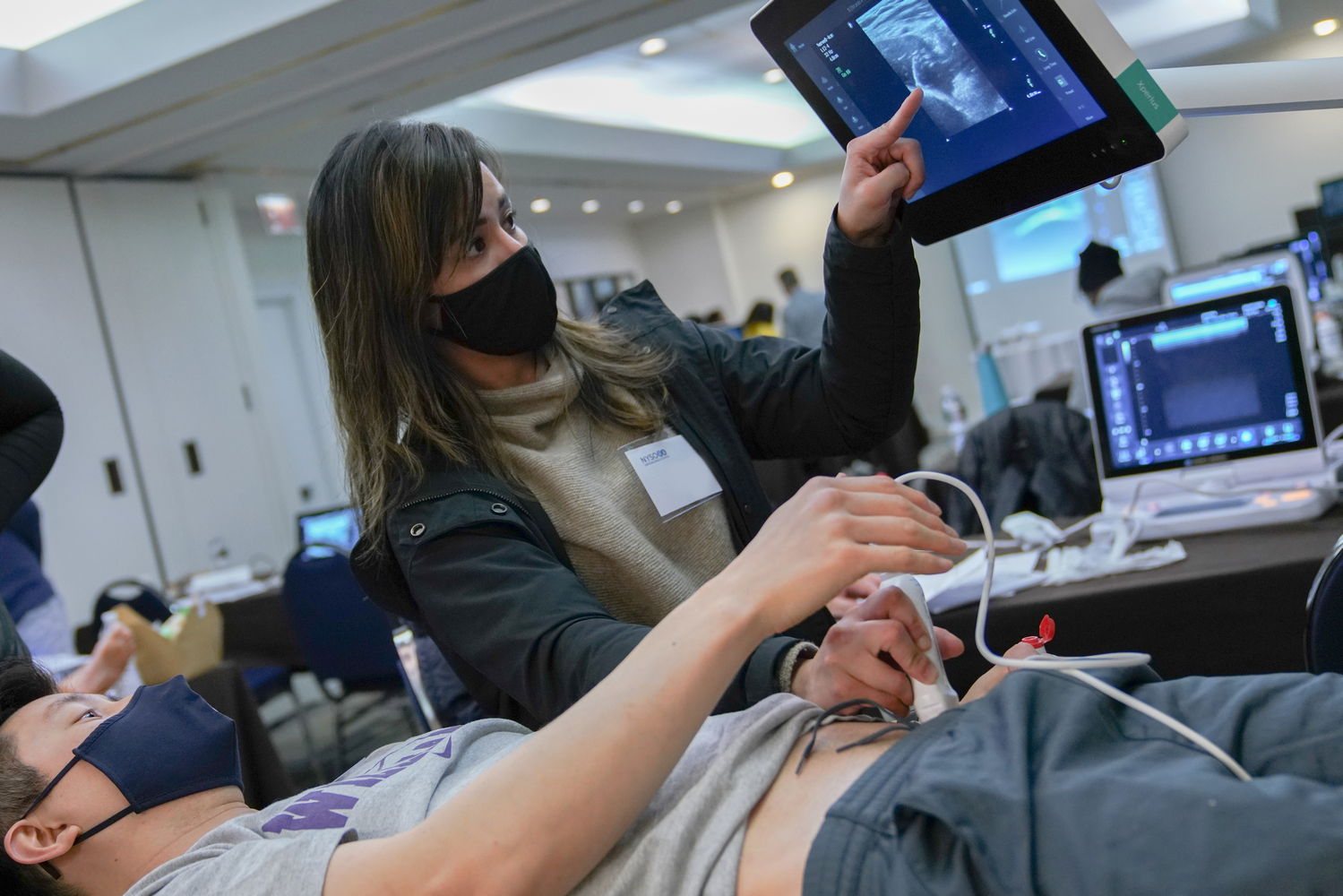
Image Source- Google
Regional anesthesia has revolutionized the field of pain management by targeting specific nerves to provide effective pain relief. Advanced ultrasound regional anesthesia courses have played a crucial role in enhancing the precision and safety of regional anesthesia procedures. By allowing clinicians to visualize nerves, surrounding structures, and the spread of local anesthetics in real-time, ultrasound has become an invaluable tool in the delivery of regional anesthesia. Let's explore the art of precision in regional anesthesia through the lens of ultrasound technology.
The Role of Ultrasound in Regional Anesthesia
Benefits of Ultrasound Guidance
- Improved accuracy: Ultrasound allows for real-time visualization of nerves, leading to more precise needle placement.
- Enhanced safety: By avoiding injury to surrounding structures such as blood vessels and vital organs, ultrasound reduces the risk of complications.
- Increased efficacy: Direct visualization of the spread of local anesthetics helps ensure optimal coverage of targeted nerves, leading to better pain control.
- Reduced patient discomfort: With precise needle placement, patients experience less pain and discomfort during the procedure.
Applications of Ultrasound in Regional Anesthesia
Ultrasound technology is widely used in various regional anesthesia procedures, including but not limited to:
- Peripheral nerve blocks: Ultrasound guidance allows for accurate identification and localization of peripheral nerves, improving the success rate of nerve blocks.
- Neuraxial anesthesia: Ultrasound helps in identifying the optimal insertion site for neuraxial blocks such as epidurals and spinals, reducing the risk of complications.
- Truncal blocks: Procedures like transversus abdominis plane (TAP) blocks and paravertebral blocks benefit from ultrasound guidance to ensure precise needle placement and local anesthetic spread.
Techniques and Considerations
Ultrasound Machine Setup
- Choose the appropriate probe according to the depth of the target nerve and the desired resolution.
- Adjust the depth and gain settings to optimize image quality for nerve visualization.
- Ensure proper sterility measures are maintained during the procedure to prevent infections.
Needle Guidance Techniques
- Use in-plane or out-of-plane needle insertion techniques based on the desired approach and nerve location.
- Advance the needle in a slow and controlled manner under direct ultrasound guidance to avoid unintended tissue injury.
- Aspirate before injecting local anesthetic to confirm proper needle tip placement and avoid intravascular injection.
Challenges and Future Directions
Challenges in Ultrasound-Guided Regional Anesthesia
- Operator dependence: Proficiency in ultrasound interpretation and needle manipulation is crucial for successful outcomes.
- Anatomical variations: Variability in nerve location and surrounding structures can pose challenges during nerve localization.
- Patient factors: Body habitus, scar tissue, and patient cooperation can affect the quality of ultrasound imaging and needle placement.
Future of Ultrasound in Regional Anesthesia
Advancements in ultrasound technology continue to improve the accuracy and accessibility of ultrasound-guided regional anesthesia. Some emerging trends and future directions include:
- Artificial intelligence: Integration of AI algorithms for automated nerve detection and needle guidance.
- Three-dimensional imaging: Utilization of 3D ultrasound technology for enhanced spatial awareness during nerve blocks.
- Wireless and portable devices: Development of compact and wireless ultrasound machines for increased mobility and ease of use.
Conclusion
Ultrasound-guided regional anesthesia represents a significant advancement in pain management techniques, allowing for precise nerve targeting and optimal pain relief. By harnessing the power of ultrasound technology, clinicians can enhance the safety, efficacy, and patient satisfaction of regional anesthesia procedures. As technology continues to evolve, the art of precision in regional anesthesia will continue to flourish, empowering clinicians to deliver targeted and effective pain management solutions.